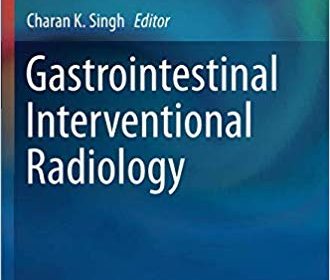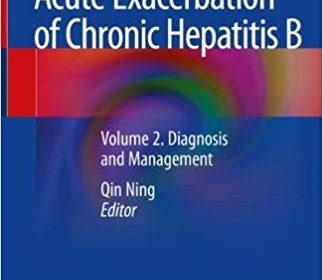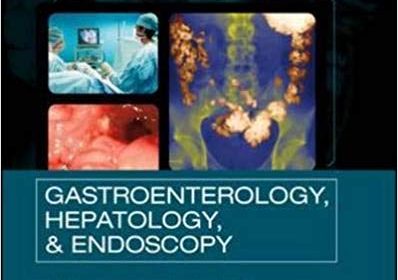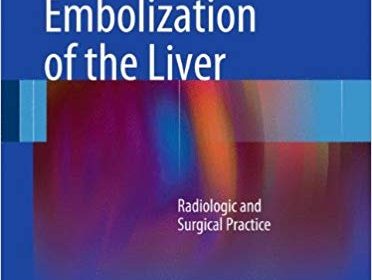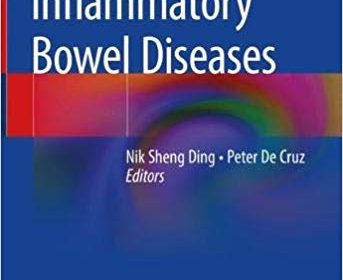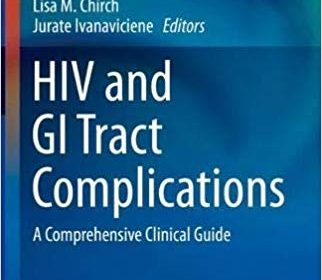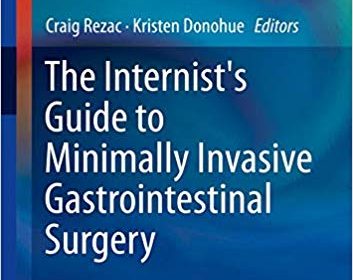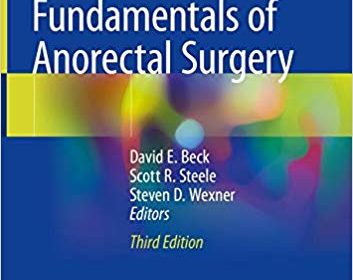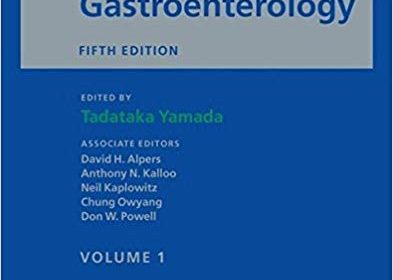Burghardt’s Primary Care Colposcopy: Textbook and Atlas 2nd edition

Burghardt’s Primary Care Colposcopy: Textbook and Atlas 2nd edition
Like the successful first edition, the great strength of this completely revised and updated second edition of Burghardt’s Primary Care Colposcopy is its oversized, high-quality color colposcopic photographs. Novice and experienced examining practitioners will appreciate the utility of these diagnostic quality images in making confident assessments regarding the appearance of the cervix as seen in colposcopy. All requisite information for the successful implementation of this standard gynecologic procedure – histopathologic processes, fundamentals of colposcopic technique and examination, equipment, terminology, documentation, and standard guidelines – is encompassed in this concise and practical textbook and atlas.
Augmentations and highlights of the second revised and updated edition:
- More than 350 oversized, high-quality color colposcopic photographs and technical illustrations – 20% of which are new to the second edition
- Updated information on the central role of the human papillomavirus (HPV) in cervical cancer and the development of preventative HPV vaccines
- Essential new chapters on colposcopy of the vulva, vagina, and perianal region and the common etiology of lesions at these sites
- Cohesive concept, organization and presentation – produced and authored by a working team of three experts with decades of experience in gynecology and histopathology
- Current international guidelines and updated nomenclature formulated by the International Federation for Cervical Pathology and Colposcopy (IFCPC) with the International Society for the Study of Vulvar Disease (ISSVD) and the 2014 WHO Classification of Tumors of Female Reproductive Organs
Primary care practitioners, nurse practitioners, residents/fellows-in-training in gynecologic oncology programs, and gynecologists and obstetricians in practice will prize Burghardt’s Primary Care Colposcopy as an indispensable partner in accessing colposcopic findings, in reaching the right differential diagnosis, and in achieving the best possible treatment outcomes with assurance and efficiency.

